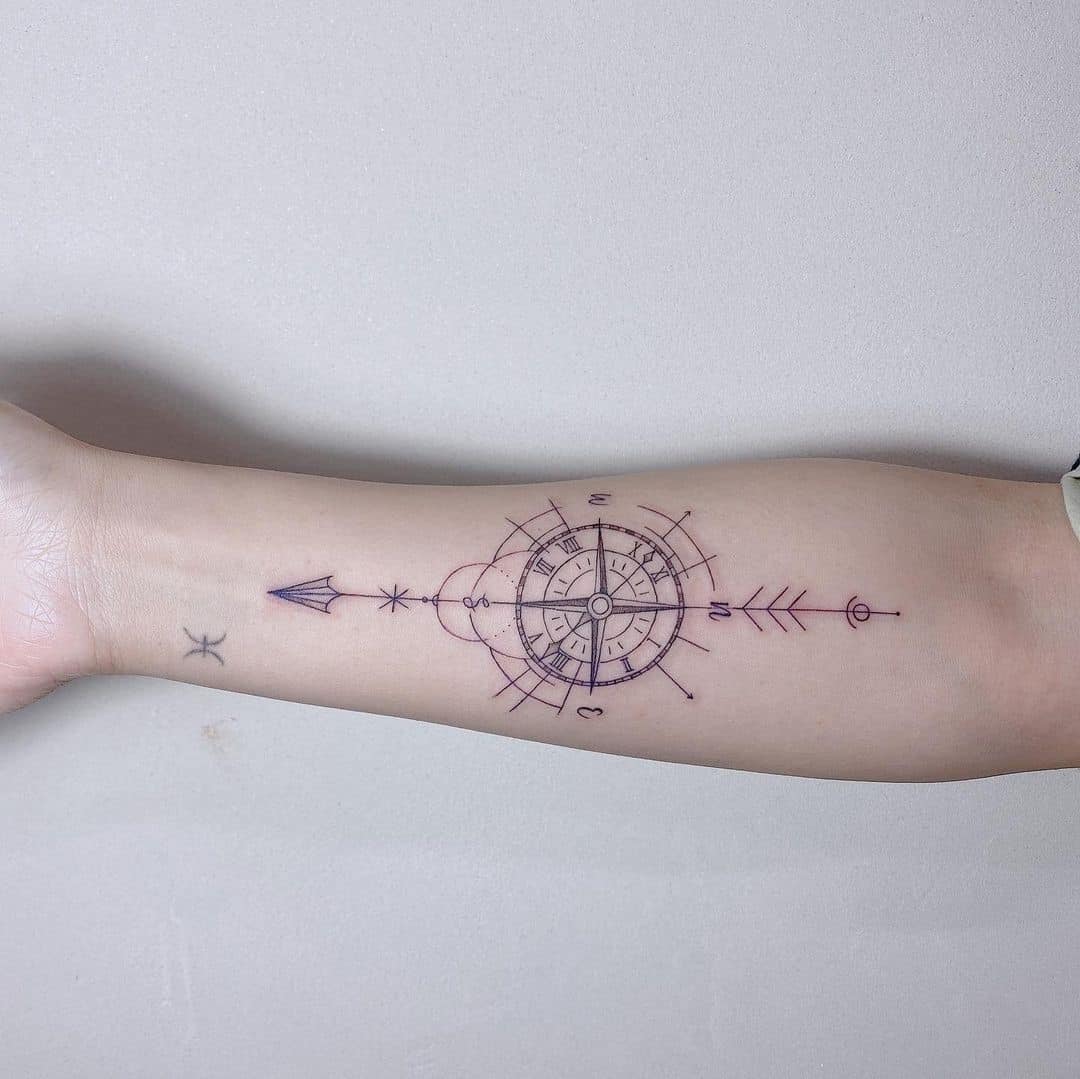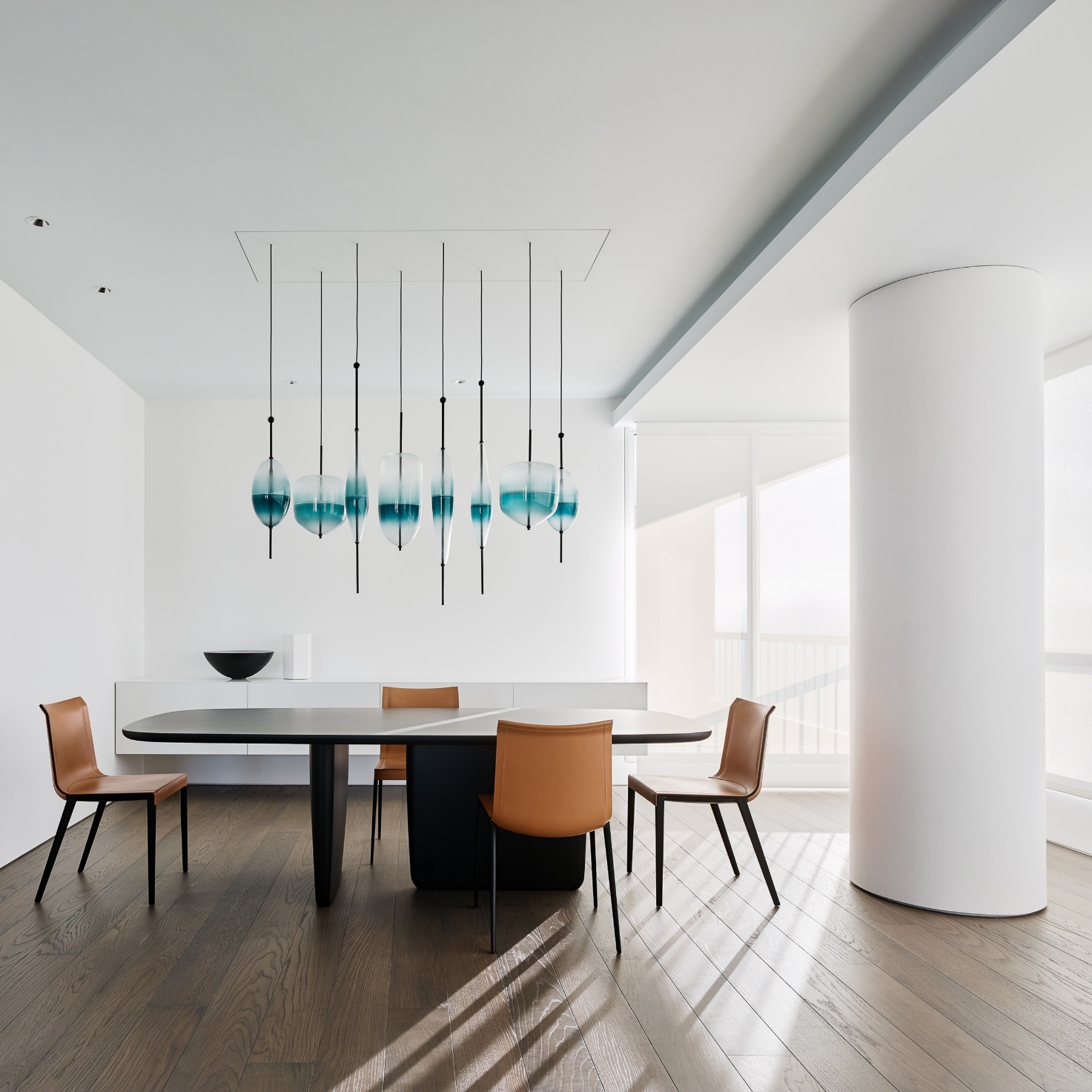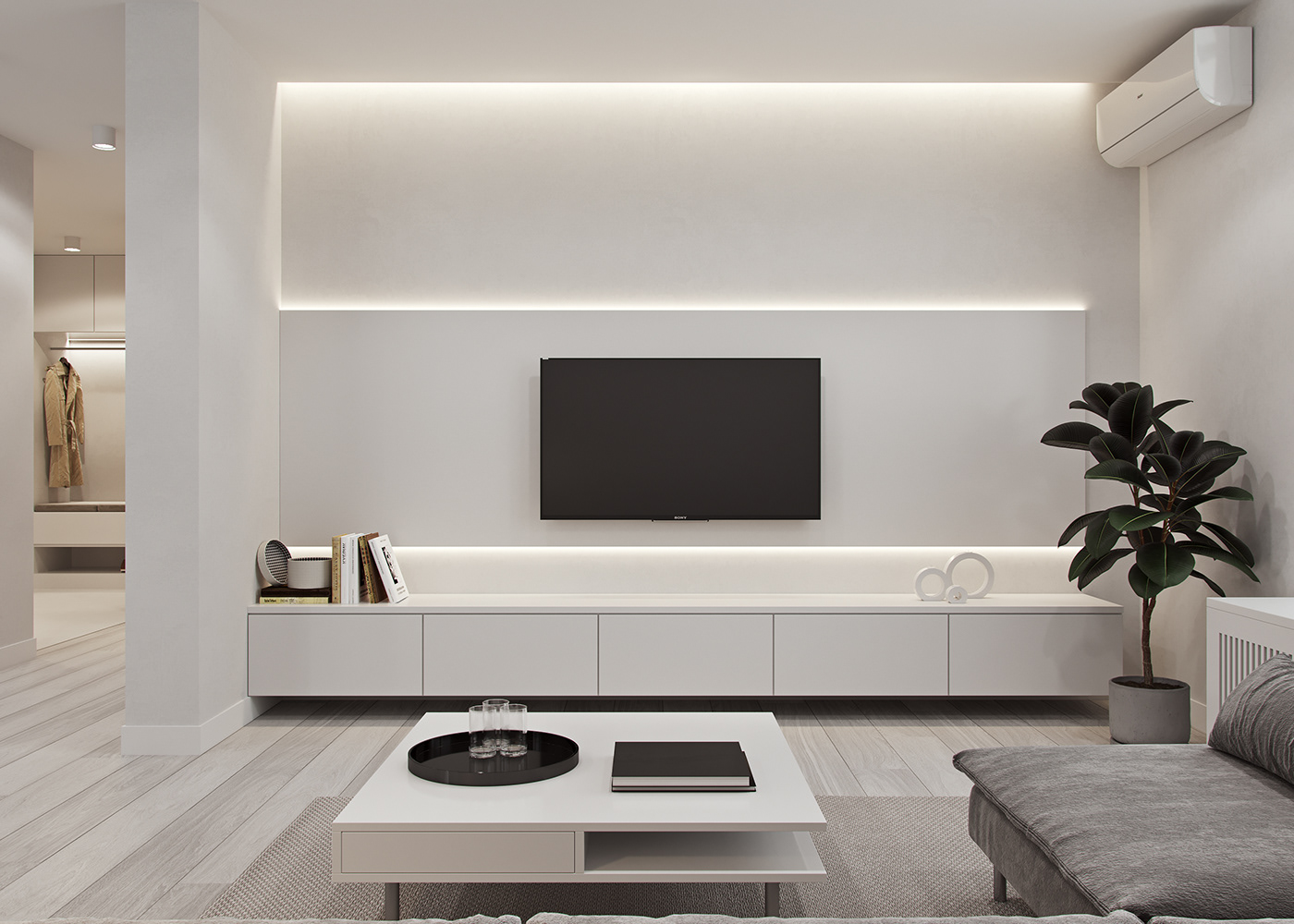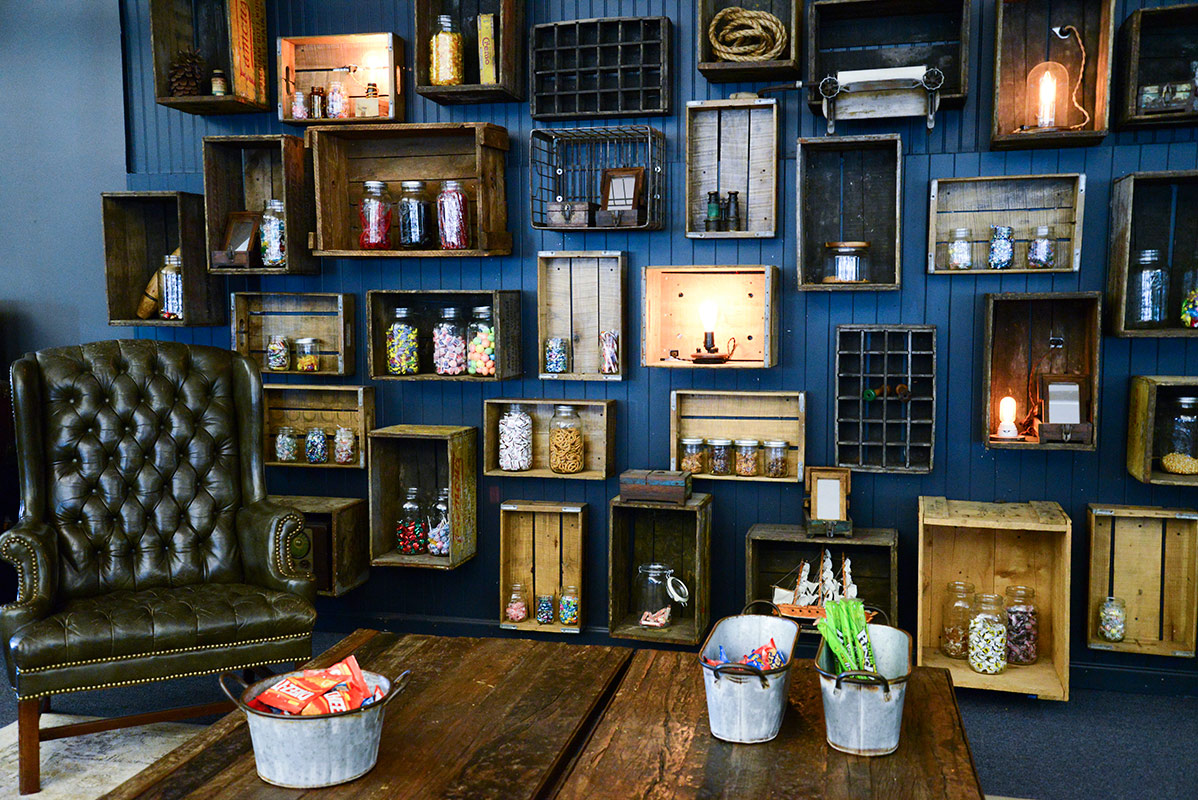Table Of Content

Students investigate Python and Jupyter Notebook to analyze real astronomical images in order to calculate the interstellar distance to a star cluster across the Milky Way from our own Solar System. They learn how to write Python code that runs in a Jupyter Notebook so they can determine the brightn... When you purchase a Certificate you get access to all course materials, including graded assignments.

Choose the Best Solution
After narrowing down to a viable design concept, the next phase involves creating a prototype. A prototype is a preliminary model that serves as a working example of the final design. This step is essential for visualising and testing the design concept in a tangible form. Often it is made with different materials than the final version, and generally it is not as polished.
Products and services
Upon completing the course, your electronic Certificate will be added to your Accomplishments page - from there, you can print your Certificate or add it to your LinkedIn profile. If you only want to read and view the course content, you can audit the course for free. Sign up for product updates, exclusive offers, and teacher resources. For the school lunch example, a hook that could attach to the bottom of a desk was determined to be the solution. But other questions still had to be answered in this step, like how much weight it will need to hold, how big it will be, and what material it should be made out of.
Additional Resources for Mastery
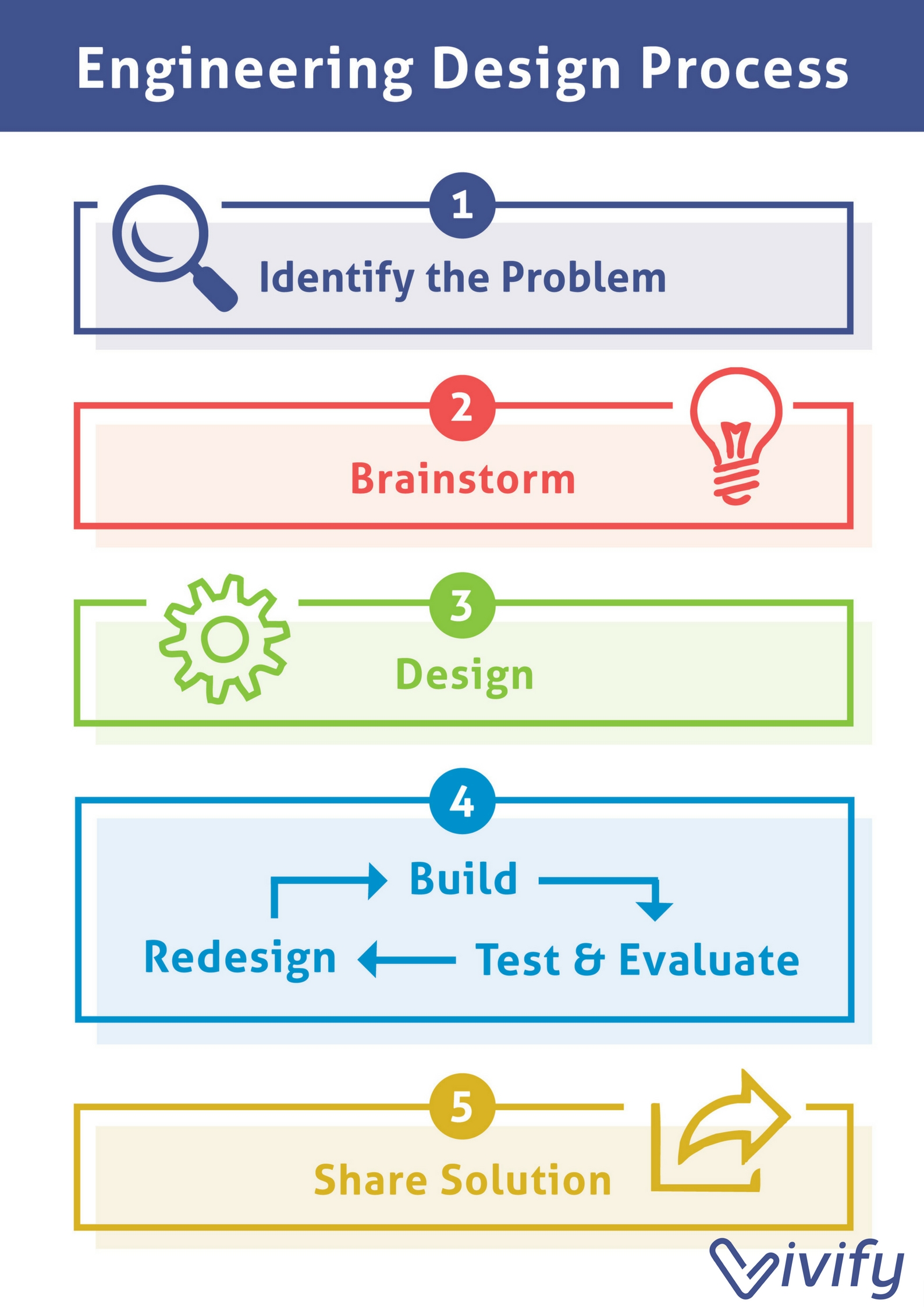
The challenge is to make the vehicles entirely out of dry pasta using only adhesive (such as hot glue) to hold the components together. Students learn about the process of reverse engineering and how this technique is used to improve upon technology. Students analyze push-toys and draw diagrams of the predicted mechanisms inside the toys. Then, they disassemble the toys and draw the actual inner mechanisms. Students design a temporary habitat for a future classroom pet—a hingeback tortoise.
NGSS Engineering in the Classroom NASA/JPL Edu - NASA Jet Propulsion Laboratory
NGSS Engineering in the Classroom NASA/JPL Edu.
Posted: Fri, 28 Oct 2016 13:09:54 GMT [source]
If your project involves making observations and doing experiments, you should probably follow the Scientific Method. If your project involves designing, building, and testing something, you should probably follow the Engineering Design Process. If you still are not sure which process to follow, you should read Comparing the Engineering Design Process and the Scientific Method. After brainstorming, the team explores various alternative solutions fulfilling product requirements. Afterward, engineers start work on the detailed design of the finalized solution. The seven steps of the engineering and design process are meant to make projects easy to manage successfully.
The Steps Toward Digital Transformation Maturity - ENGINEERING.com
The Steps Toward Digital Transformation Maturity.
Posted: Wed, 05 Jul 2023 07:00:00 GMT [source]
Resources
Look at whether each possible solution meets your design requirements. The interactive diagram below may help you understand the engineering design process, and how it is applied to an experiment or project. Use the "return to top" button to return to the diagram for more exploration. As the consumption of electronics increases worldwide, significant strain is posed on both the availability of mineral resources and the accumulation of waste due to their disposal.
Use your notes to investigate the areas where the prototype under-performed and consider ways to improve these specific issues. Once you have all the information to hand, brainstorm a list of possible solutions. The process provides a clear roadmap, facilitating better project planning, resource allocation, and timeline estimations. It helps in setting concrete milestones and deliverables for project management, leading to efficient execution.
Students design and build a mechanical arm that lifts and moves an empty 12-ounce soda can using hydraulics for power. Small design teams (1-2 students each) design and build a single axis for use in the completed mechanical arm. Students further their understanding of the engineering design process while combining mechanical engineering and bioengineering to create an automated medical device.
Responsible AI for Developers: Interpretability & Transparency
Initial models and prototypes may be created to explore these concepts further. Once the problem is identified, engineers gather relevant information and resources. They consider existing solutions, and constraints, and specify the requirements for the project combining this knowledge into a set of specifications that guide the subsequent stages. The engineering design process is a methodical approach that engineers use to create functional products and processes. It serves as a blueprint for problem-solving and innovating in various disciplines. Students engineer a working pair of shin guards for soccer or similar contact sport from everyday materials.
Different terminology employed may have varying degrees of overlap, which affects what steps get stated explicitly or deemed "high level" versus subordinate in any given model. This, of course, applies as much to any particular example steps/sequences given here. By step four, your students know the basics of what the solution will be but have yet to work out the details. In this step, it is time to refine and improve the solution and break down the path to solving the problem into smaller steps. When you iterate or improve on a design, you will revisit this step each time you do.
They create specialized materials with features such as waterproofing and stain resistance. The challenge starts with student teams identifying an intended user and developing scenarios for using their developed ... Students explore how mass affects momentum in head-on collisions and experience the engineering design process as if they are engineers working on the next big safety feature for passenger cars. They design, create and redesign impact-resistant passenger vehicle compartments for small-size model car... Students apply what they have learned about the engineering design process to a real-life problem that affects them and/or their school. They choose a problem as a group, and then follow the engineering design process to come up with and test their design solution.
A unique feature they provide is a “stuff spinner,” where children can enter the materials they have available, and the tool will suggest a project tailored to their interests. This interactive approach enables kids to apply the engineering design process using everyday items, fostering their problem-solving skills and ingenuity. Step four in the engineering design process is typically devoted to brainstorming and the development of creative ideas. It’s important to remember that following the process step-by-step still allows for a tremendous amount of creativity, and that lateral thinking is every bit as crucial to good engineering as research is.
Using books, websites and photos, students learn about the different types of roofs found on various houses in different environments throughout the world.... By understanding each stage in detail and utilising the resources and tools available, you can rise to the challenges of modern engineering. Mastering the engineering design process is not an overnight endeavour, but a commitment to continuous learning and adaptation.
The Engineering Design Process consists of several different steps, depending on the engineering team in charge of the project. In essence, engineering design is an iterative process, meaning the steps should be repeated as many times as needed until the problem has been solved. Introduction Engineering design is the process of creating solutions to problems through the application of scientific, mathematical, and engineering principles. Engineering design is a critical aspect of any successful project, whether it be a product, system, or infrastructure.
So, it’s a continuous ride on the innovation roller coaster where great ideas meet some serious trial-and-error in the quest for the perfect solution. The engineering design process was developed to create products that meet the needs of a target audience. By taking a structured approach to design that follows a defined path from problem to solution, engineers can research multiple ideas to determine which solution is most viable. Students further their understanding of the engineering design process while combining mechanical engineering and bio-engineering to create assistive devices.





